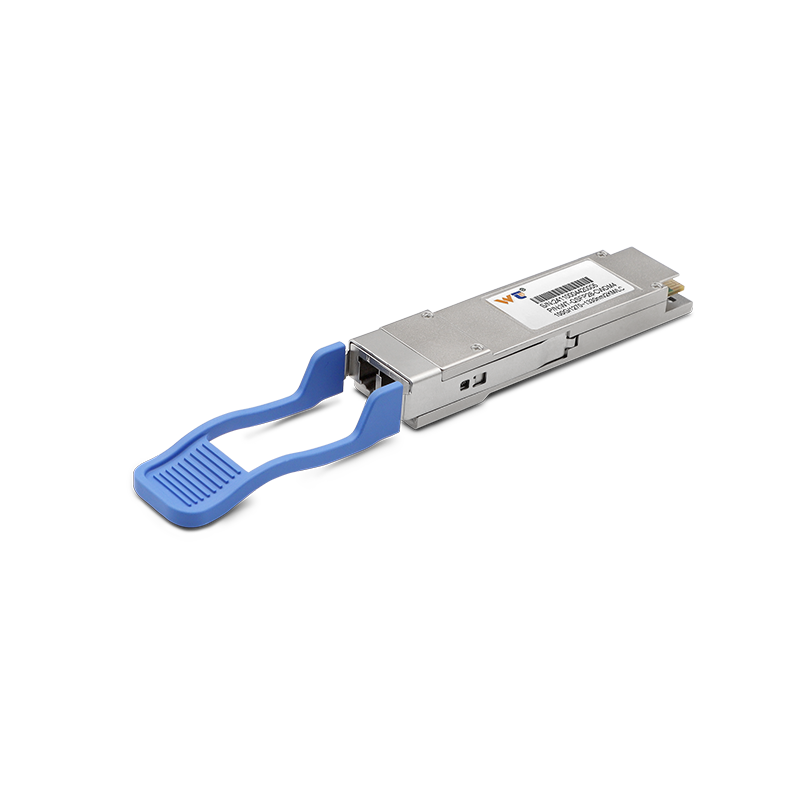The landscape of smart manufacturing is rapidly evolving, showcasing the integration of advanced technologies to enhance operational efficiency. By 2025, the demand for optimized and reliable remote monitoring applications will drive significant changes in manufacturing processes. This shift will heavily rely on robust infrastructures supported by high-performance optical modules, which are poised to play a pivotal role in data transmission and connectivity within smart factories.
Optical modules are critical components in the networking of smart manufacturing systems, enabling high-speed data transfer, real-time monitoring, and seamless communication. The global optical module market is projected to experience significant growth, driven by the increasing adoption of technologies like the Internet of Things (IoT), artificial intelligence (AI), and big data analytics. In particular, the need for superior bandwidth will elevate the demand for 100G optical modules, which can support extensive data flow and facilitate complex operations in various manufacturing environments. With precise statistics, it's noted that market revenues could surpass $10 billion by 2025, as manufacturers seek solutions that ensure efficiency, reduced latency, and improved scalability.
| Technology | Role |
|---|---|
| 100G Optical Modules | Enable high-speed and long-distance data transmission. |
| Transceiver Technology | Converts electrical signals to optical signals and vice versa. |
| Single-Mode vs. Multi-Mode | Choice between long-distance communication (Single-Mode) or cost-effective shorter-range applications (Multi-Mode). |
| CWDM and DWDM | Dense wavelength division multiplexing technologies for maximizing fiber capacity. |
Diving deeper into the types of optical modules, it becomes essential to explore their diverse functions. 100G optical modules, particularly those utilizing advanced transceiver technology, are designed to meet the increasing bandwidth demands of smart manufacturing operations. For instance, single-mode modules are ideal for long-distance applications, allowing data to travel over extensive fiber networks without significant loss. In contrast, multi-mode modules are more suited for shorter distances with a focus on cost efficiency. This differentiation enables manufacturers to select appropriate solutions based on their specific requirements, optimizing both performance and budget.
As we approach 2025, incorporating 100G optical modules into smart manufacturing networks will yield transformative results. For example, a factory could utilize these optical modules to implement a real-time monitoring system that tracks machinery performance and predicts maintenance needs. This connection enhances operational efficiencies and reduces downtime, ensuring seamless production flows. By integrating such technology, manufacturers can establish a network capable of supporting intelligent automated systems, fostering innovation, and ultimately solidifying their competitive edge. The result is an interconnected ecosystem where machines communicate, share data, and optimize resource allocation dynamically and efficiently.
Our website offers a diverse range of optical module products, each rigorously tested to guarantee outstanding performance across various applications. Whether you require high-speed data transmission or systems designed for long-distance communications, our 100G optical modules are tailored to meet your specific needs. Each module adapts seamlessly to diverse environments, ensuring reliability and efficiency in critical operations. With our expertise, you can be confident that your smart manufacturing processes will thrive and evolve at the forefront of innovation.
In conclusion, the role of 100G optical modules in smart manufacturing cannot be overstated. As industries prepare for the changes coming in 2025, embracing these technologies will be essential for success. Not only do they enhance connectivity and data transfer capabilities, but they also lay the groundwork for a more intelligent and interconnected manufacturing future. Engaging with these advancements will lead to operational excellence, demonstrating how crucial optical technologies are for the smart manufacturing vision.






